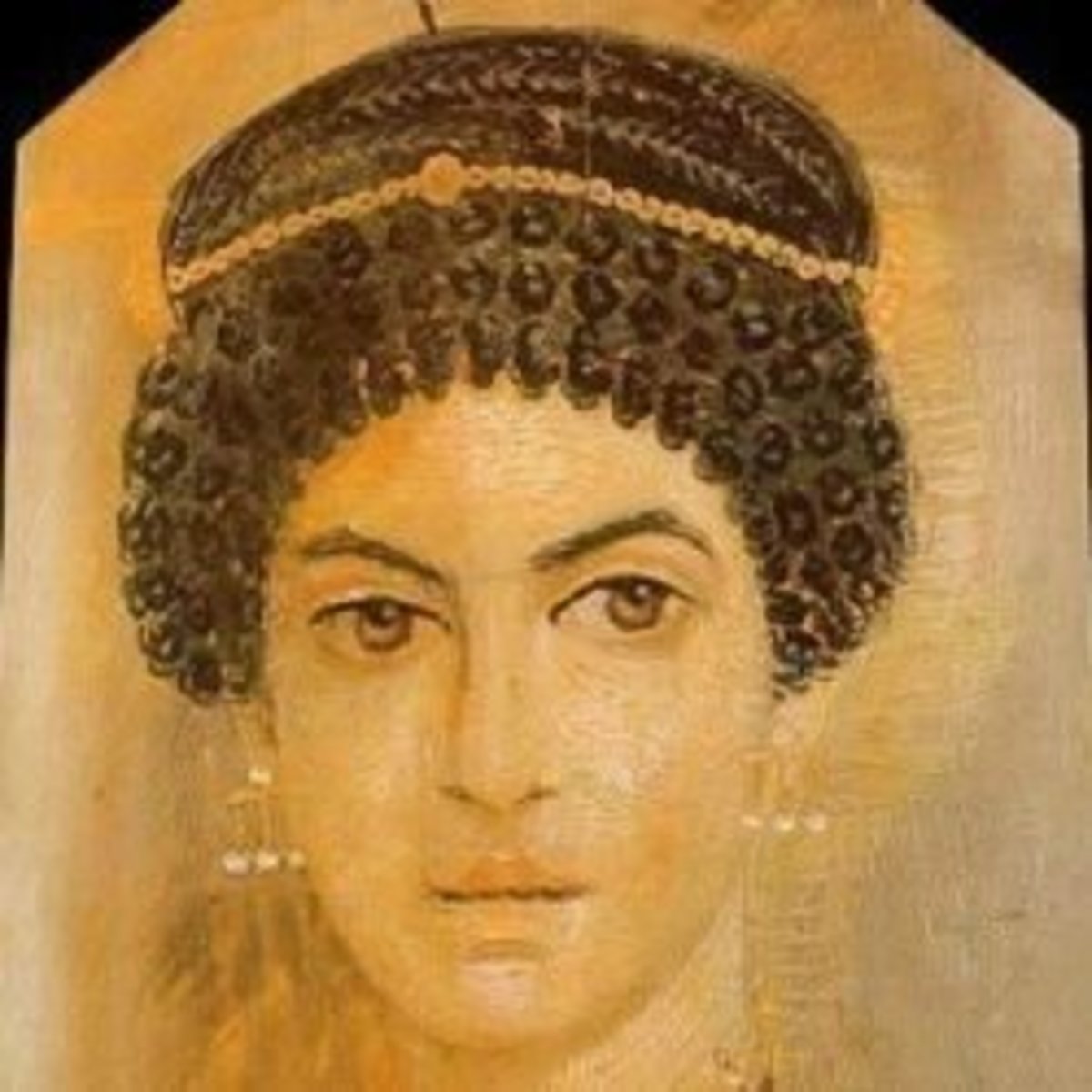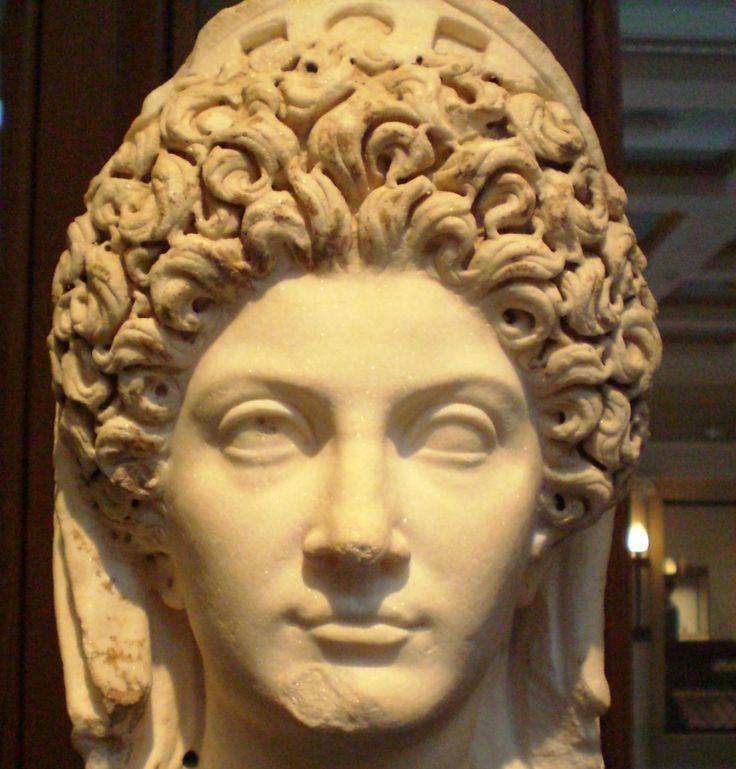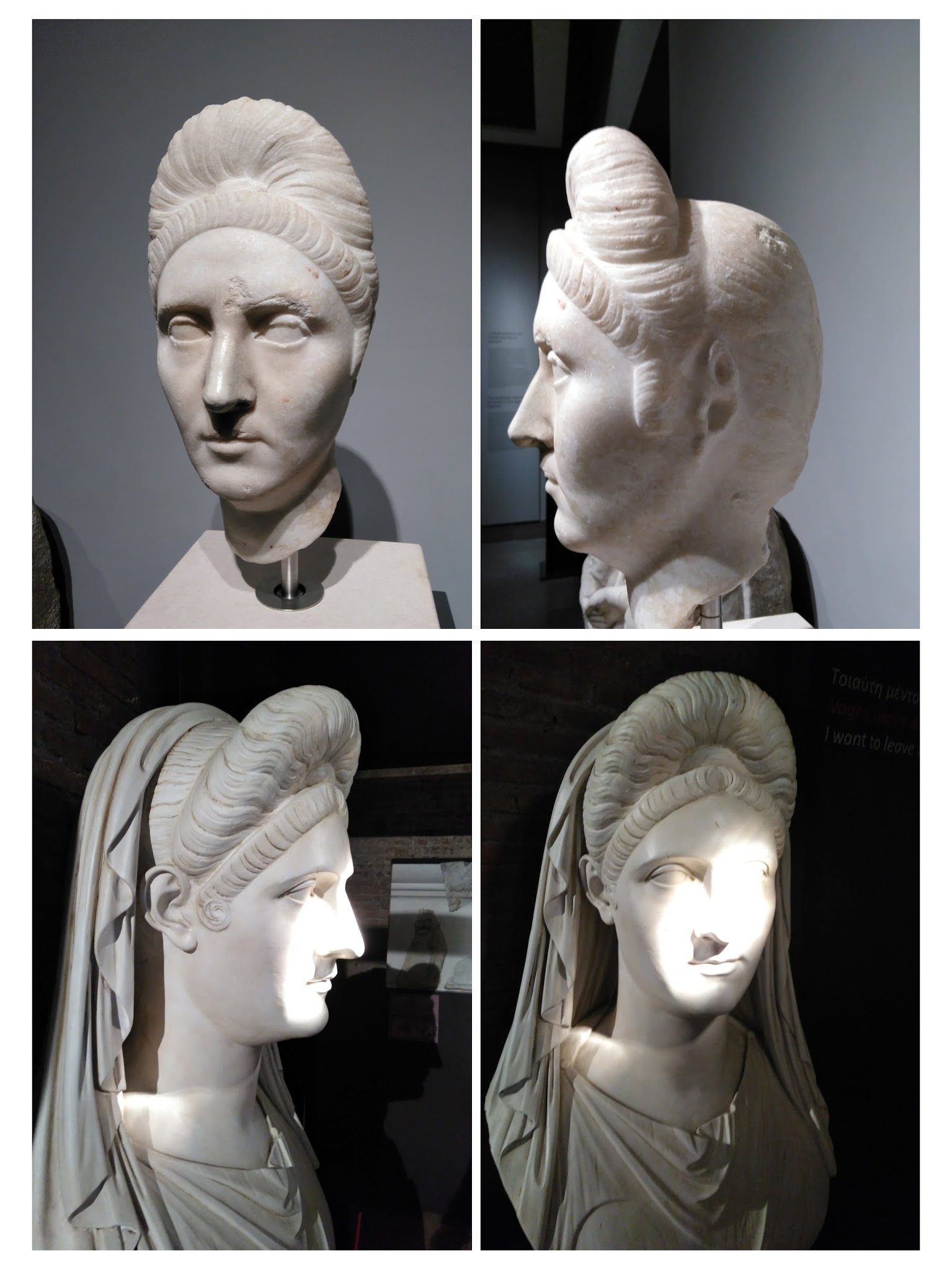First Class Info About Roman Woman Tower Hairstyle Curly Weave With Braids On The Side

Roman women did indeed sew their hair up with needle and thread, using the same tools a tailor would.
Roman woman tower hairstyle. Hairstyle fashion in rome was ever changing, and particularly in the roman imperial. Stephens published her findings in a 2008 article in the. How one dressed one's hair was an indication of a person's status and role in society.
A woman's hairstyle expressed her individuality in the ancient roman world. Much like today, hair for the romans was as much an expression of personal identity as clothes. Most male and female christians, even the ancient ones, followed the hair style fashions of the age and countries in which they lived.
In his later years the emperor constantine wore false hair of various colors which was carefully arranged and perfumed. Elaborate braids and knots were popular among women of higher social standing. The american numismatic society (1997.9.121).
Roman women often embraced more intricate hairstyles. Wealthy roman men followed his lead and dyed their. Greek adult men would ritually cut their hair.
In ancient rome, your hairstyle showed who you were and where you stood in society. Roman attitudes toward hair (or lack thereof) differed immensely depending on age, sex, and social status, and was known to be a source of anguish for both. Ancient roman women commonly wore symmetrical hairstyles with a center part.
Two of the models had mid. Portrait of a woman of the flavian period, marble // portrait bust of a young woman (julia, daughter of titus?). Hairstyles were determined by a number of factors, namely gender, age, social status, wealth and profession.
Bust of elderly roman woman with popular hairstyle. Hair styles in ancient rome and the manner in which the hair was worn definitely played an important role for both men and women throughout roman history. Hair styles of elegance for the rich.
Wealthy women could, and did, wear.

















